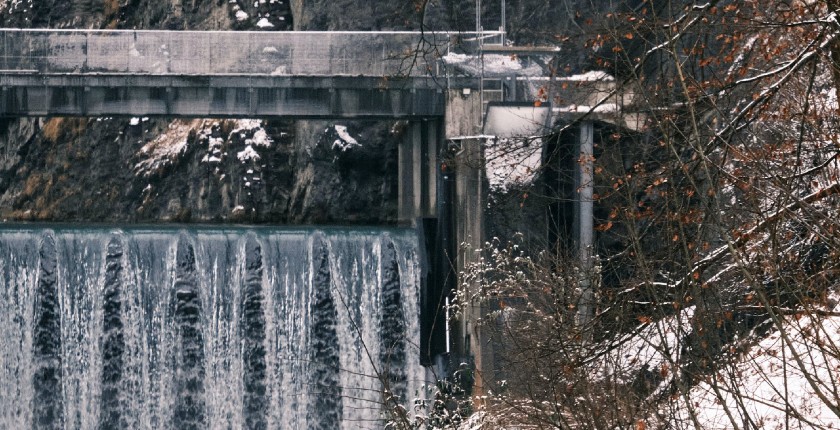
Photo: Marcus Ganahl on Unsplash
The largest electricity producer in Romania is counting on elevated prices for the cost-effectiveness of its Islaz hydropower project, which it recommends to be built as a pumped storage facility. The idea dates back to 2004.
The hydropower cascade on the lower part of the Olt river in Romania could be expanded by one facility, and an important one. Romania’s state-owned Hidroelectrica prepared a proposition for next month’s shareholder meeting to build the Islaz project, at a site 3.5 kilometers from where the river meets the Danube, domestic media reported.
In the updated feasibility study, the investment is valued at EUR 450 million, compared to the earlier EUR 287 million. The change was attributed to galloping inflation.
The suggested dam would mostly be used for irrigation, fishing, flood prevention and a road crossing while 30% is envisaged for energy purposes.
Islaz study is based on EUR 204 per MWh of electricity
Hidroelectrica, the nation’s biggest electricity producer, said a conventional hydropower plant would run below the profitability threshold, so it is promoting it as a pumped storage project. The calculation is based on an electricity price of EUR 204 per MWh with a 1% annual increase over the next 35 years including five years for construction.
Electricity prices in the previous decade were too low while the coronavirus pandemic
The plans for Islaz have long been on hold. The idea dates back to 2004. The company said electricity prices in the previous decade were too low and that the coronavirus pandemic prevented it from developing the project further until recently.
Islaz would have four turbines with a combined capacity of 28.8 MW. Hidroelectrica said its purpose would be to pump water to other hydropower reservoirs upstream. The cascade on the lower Olt, the longest river flowing only through Romania, consists of hydroelectric plants Ipotești, Drăgănești Frunzaru, Rusănești and Izbiceni.
Pumped storage is currently only available conventional storage tech
The planned facility would consume 375 GWh per year for pumping and produce 275 GWh from storage. In a regular operation mode, annual output is estimated at 130 GWh.
Pumped storage units act as batteries. As still the only conventional technology for the purpose, they have a crucial role for the integration of renewable electricity production capacities, wind and solar power in particular. Such systems largely depend on weather conditions, so their output can’t be predicted with much precision.
When there is a surplus, pumped storage hydroelectric units send water from the lower to the upper reservoir. It is released for the production of electricity at times of higher demand (and prices), for instance when there is no sunshine for solar panels. Alternative solutions for energy storage are hydrogen and giant electric boilers that heat up water.
Neighboring Serbia said in May that it is discussing the Đerdap 3 hybrid power plant project with Romania. It would include pumped storage. The two countries are jointly running the Đerdap 1 and Đerdap 2 hydropower plants on their border on the Danube.


















Be the first one to comment on this article.